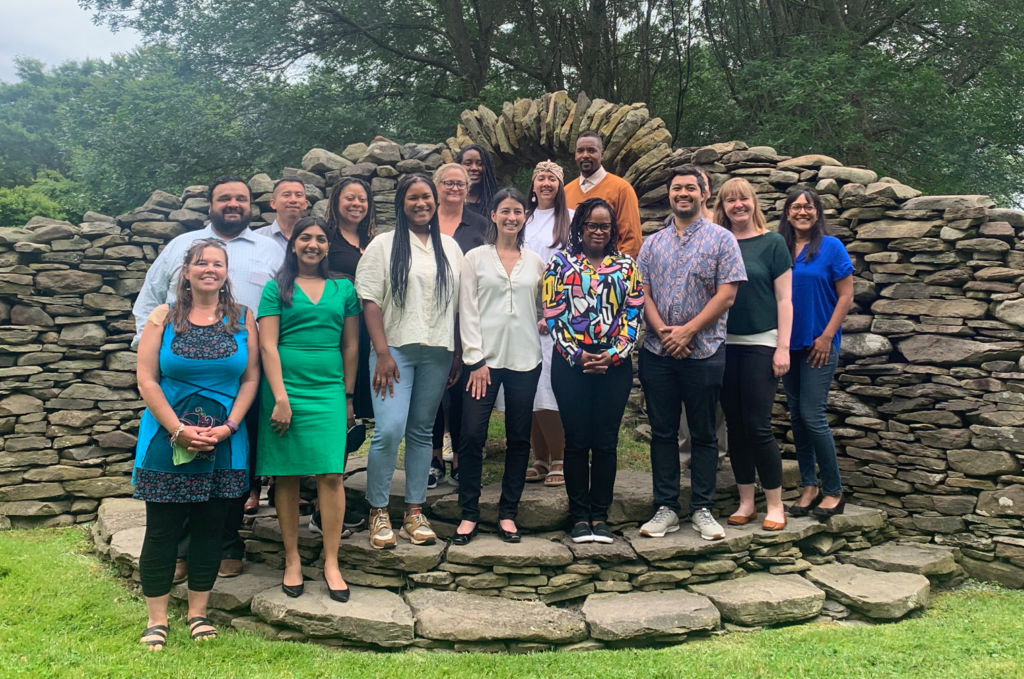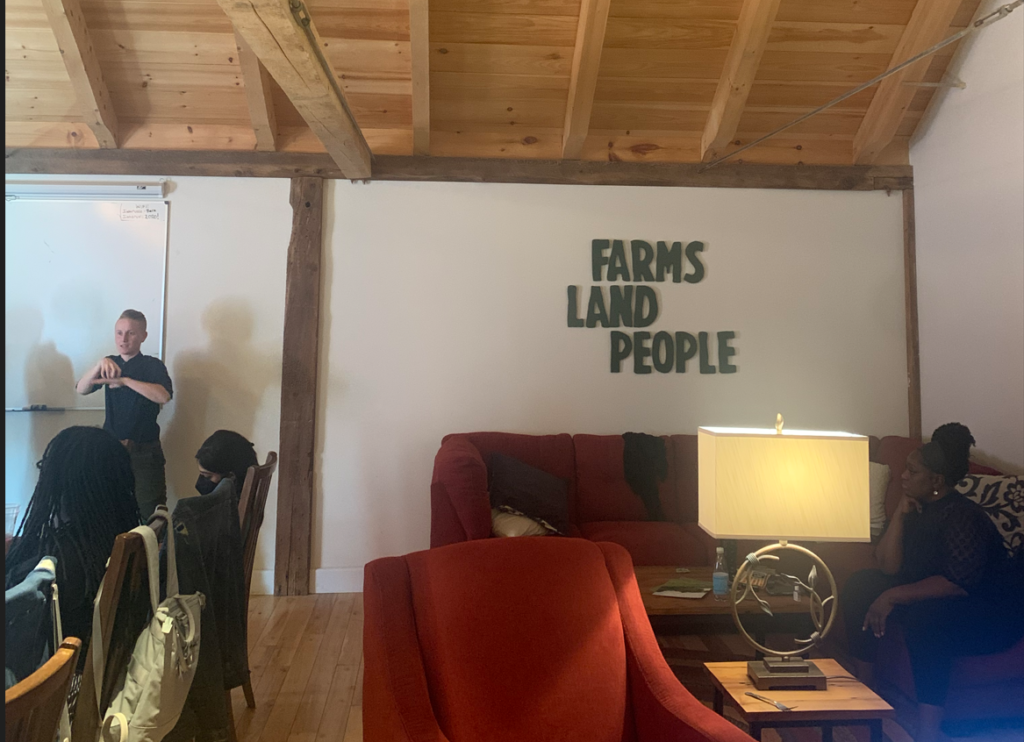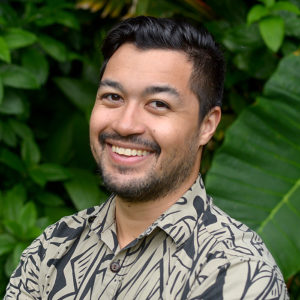By Xan Avendaño, PLACES Fellow and Program Officer at The Harry and Jeanette Weinberg Foundation
Going PLACES is an occasional blog series featuring the voices and experiences of TFN’s PLACES Fellows. For more information on the fellowship, and to read past blog posts from our fellows, visit here.

The first things I notice walking around Burlington are the notable differences from my home on O’ahu. In the parks, people rest under the shade of maple trees, rather than banyans or palms. On the water, instead of canoes, sailboats float under an evening sun. But perhaps one of the most glaring differences is the faces of the people I pass on the streets. While Hawai’i consistently ranks as one of the most racially diverse states in the country, Vermont is 94% White.
When our TFN PLACES cohort arrived in Vermont to learn about equitable community development, it was not clear what these two states, with such different ethnic demographics and geographic landscapes, could possibly learn from each other. Yet as we listened to voices discuss life in Vermont – the challenges and creative solutions embedded in rural areas, food systems and housing sectors – I felt the tectonic plates shift, bringing Hawai’i and Vermont closer together. Community development leaders in both states are wrestling with how to transition systems from land ownership to land stewardship, and how to increase and advocate for collective prosperity in an economic system that prioritizes individual gains. The scale and numbers of people of color might differ, but there is plenty to learn from each other.
One area where this is most evident is in food systems. Community leaders of color in both states are advancing local solutions to healthy food systems that use agricultural practices to heal and grow people and land. We explored this intersection at the Intervale Center, where we were hosted by the center’s executive director, Travis Marcotte, and Nick Richardson, president and CEO of the Vermont Land Trust. The setting had an air of peace and urgency. The Intervale Center is a quaint community food hub that sits on a 360-acre campus of protected conservation land on the Winooski River. Prior to the arrival of European settlers, the Abenaki peoples fished wild salmon on that very land along that very river. Today, hardly any wild salmon remain.
Shifting from extractive systems that diminish the salmon supply in the Winooski to systems where land is publicly accessible and food is sustainably grown by local communities is a daunting feat in today’s economic and political landscape. Neither Vermont nor Hawai’i small farmers have much access to the patient capital needed to produce food at scale. At the same time, with 80% of forest acreage in Vermont privately owned by individuals and families, it is no small task to reach a consensus with hundreds of private landowners, particularly in a state where individual freedom is embedded in the state’s motto: “Freedom and Unity.”
Is there a way forward that allows individuals to thrive economically while collectively remaining united?

In Hawai’i, leaders across the state are developing food hubs that aggregate small farm production to collectively meet the demands of large institutions like hospitals and public schools. In Vermont, leaders like Travis and Nick have visions for increasing the resilience of local farmers by entering large markets like Boston. At a localized level, a more recent effort from groups like SUSU CommUNITY Farm in southern Vermont represent an opportunity for the growing African diaspora to dig their feet in the soil, plant familiar foods and reclaim their own narratives around food and culture. These groups can learn from similar efforts like HuiMAU on Hawai’i Island, where the community is raising, healing and growing youth and Indigenous food crops on leased land.
Similarly, new models of land stewardship and equitable community development manifest themselves in the housing sector. In conversations with public officials from the City of Burlington, we learned of the inequities and the innovations in motion to address them in the city with a population of 42,000.
One of those inequities is shocking: Only 17 of the 6,000 owner-occupied homes in Burlington are Black-owned, even though Black people represent nearly 10% of the total population. Burlington is in a housing crisis, and the increased number of urbanites buying homes in Vermont during the pandemic makes bridging this racial divide even more difficult today than before. Hawai’i also faces rising housing costs at an even more severe scale, and it is becoming more and more difficult for local residents, particularly Pacific Islanders, to afford to live in their home community.
One potential solution lies in the model of individual homeownership on community-owned land. The Champlain Housing Trust, a shared-equity homeownership model funded by the City of Burlington, combats housing speculation and maintains affordable homeownership opportunities in perpetuity through a community land trust model. This model makes homeownership work for families that can’t afford large down payments and want to make a long term investment in their home community. With 650 homes, The Champion Housing Trust (CHT), is one of the largest community land trusts in the country, and it continues to innovate toward a more equitable future. CHT has recently announced a downpayment assistance program specifically for BIPOC homebuyers, the first-of-its kind program in the sector. This CHT model, which is unafraid to name racial and ethnic divides with the goal of equitable progress, has powerful lessons for our local community in Hawai’i that continues to see more lucrative housing being built and more families unable to afford to live in their home state.
Though it is tempting to focus on the differences between Hawai’i and Vermont, it is in each community’s response to similar challenges that we find solutions that can lift us all. Perhaps the greatest of these solutions lies in the second half of Vermont’s state motto: Unity.
About the Author

Xan Avendaño (he/him) is a program officer at The Harry and Jeanette Weinberg Foundation in Hawai’i. He is a member of the 2022 PLACES Fellowship cohort.
